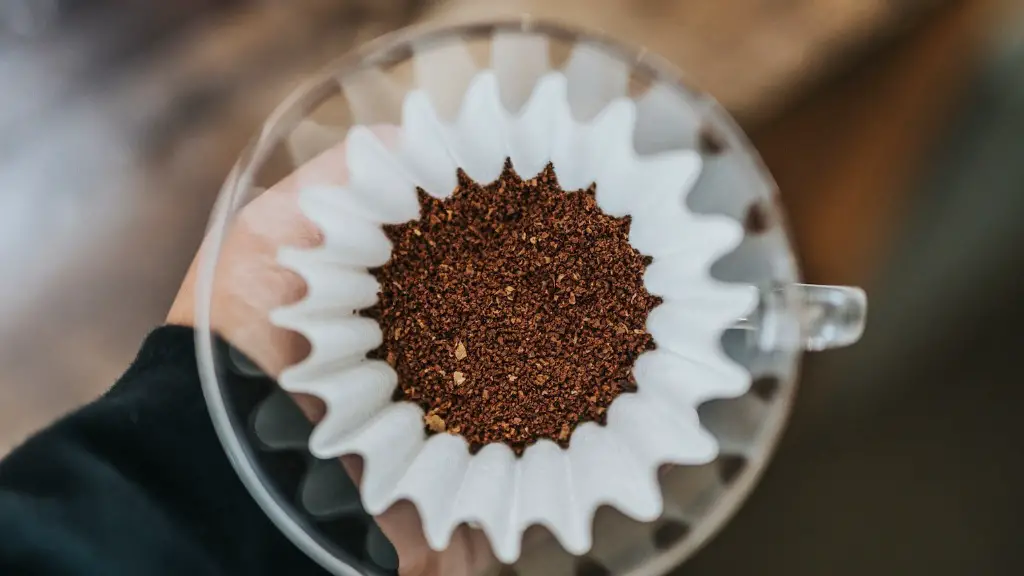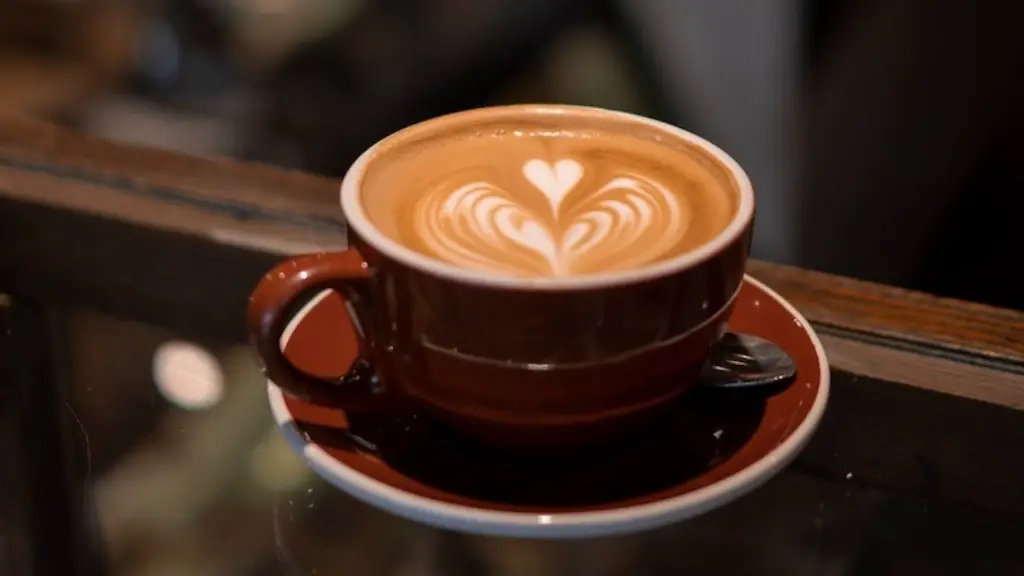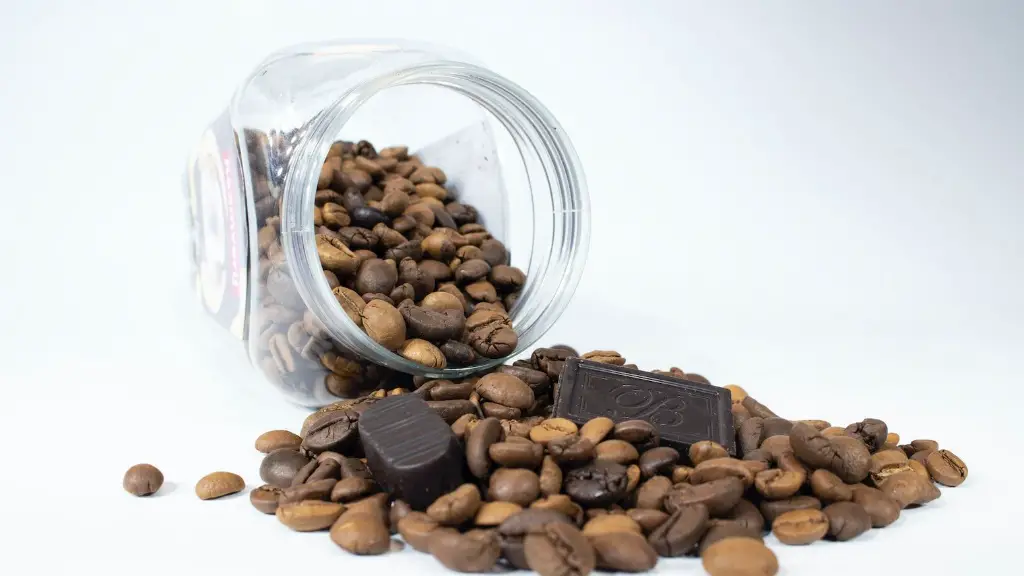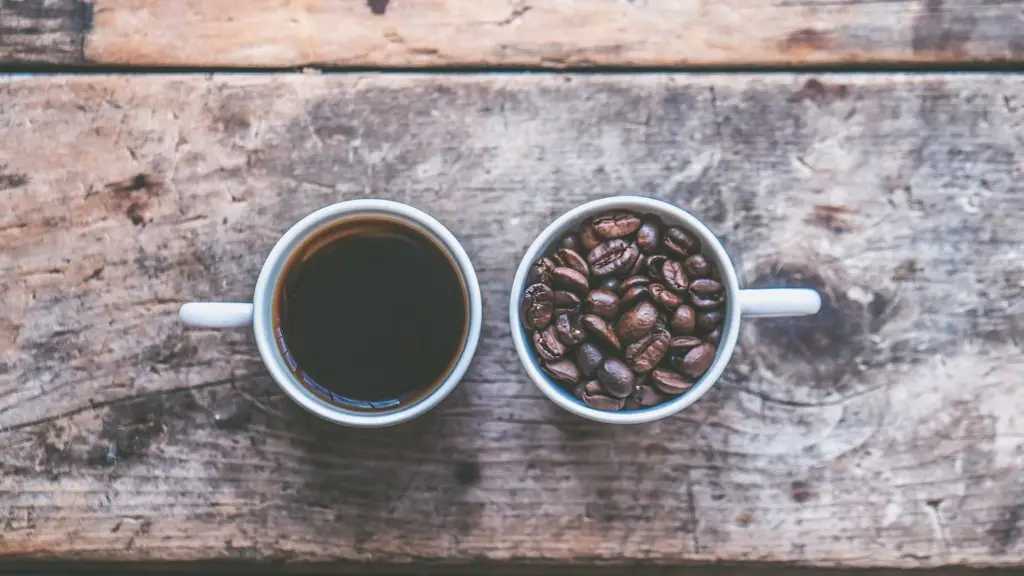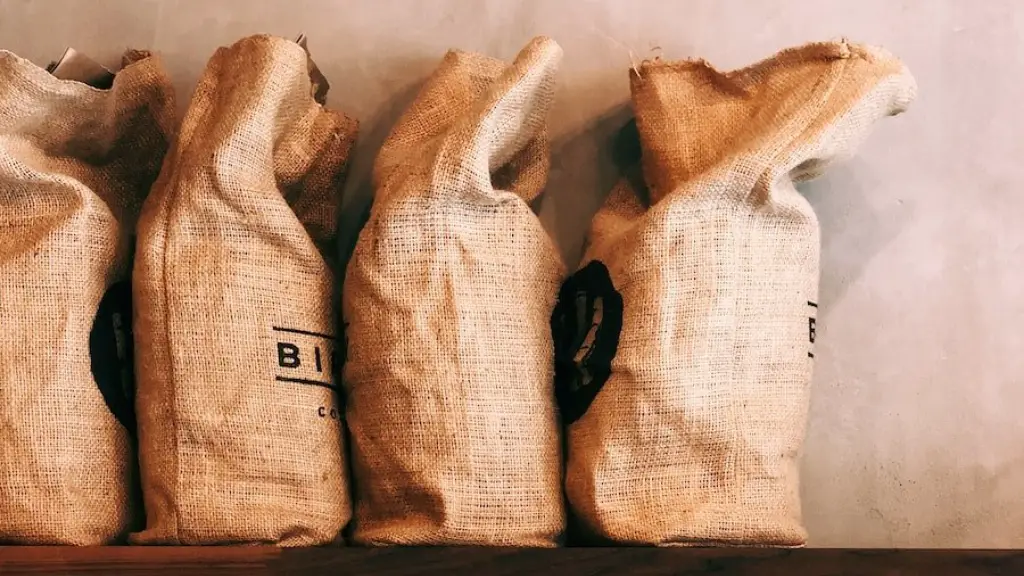Many of us enjoy the occasional Starbucks latte, but how much coffee is in one? Often when purchasing this hot, creamy drink, we are simply drawn to the brand name and rightfully expect high-quality, but are we getting what we expected? What’s the actual amount of coffee in one of these Starbucks lattes?
To understand the actual amount of coffee in a Starbucks latte, an Americano is a great comparison. A regular Americano contains one espresso shot with 1.75-2.15 ounces of liquid, much less than the 8-12 ounces of liquid in a latte.
Jeff Slagle, an expert barista has stated, “If [you] ask for a classic latte, [you] typically get two shots. Venti lattes get three. Grandes usually get two and a half or two. Lattes also usually get 2.8-3.3 ounces [of espresso per 12 ounce cup]. If [you] drink, say, a 16 ounce cup [it] gets an extra half shot. Also they use 20% more espresso per drink than we used to.”
Since espresso is the base of the latte and other ingredients such as milk and syrup are added on top, it makes logical sense to assume that the amount of coffee in a latte is substantially lower than the amount of liquid.
Dr. Mike White of the Coffee Research Institute further explains, “Caffeine content depends on the style of coffee and drink size. Espresso style coffees have more caffeine in a smaller amount of liquid than filter coffees. Therefore 8oz of filter style coffee has ~150mg of caffeine and 8oz of espresso style coffee has ~100mg of caffeine. As a rough guide, one cup of cappuccino with single espresso shot has 65–108mg of caffeine whereas one cup of latte with double espresso shot has 115–150mg of caffeine. However, as Starbucks tend to use a bigger cup size than most (e.g. 12oz or 414ml) the actual caffeine content per drink can be higher.”
So now you know that a Starbucks latte contains much more caffeine than its regular Americano counterpart, without compromising flavour. The double shot of espresso combined with a larger portion of milk delivers a full balanced combination of flavours of a rich and creamy beverage.
Alternatives Types of Latte
Alongside the classic latte, Starbucks also offers specific types of lattes, such as the Skinny Latte and the Iced Latte. The Skinny Latte is made with nonfat milk and sugar-free syrup, making it lower in calories and fat. The Iced Latte also contains skimmed milk, but is served with ice cubes, making it an ideal drink for those who prefer their beverages cold.
A Skinny Latte is the same as a regular latte but has the amount of calories reduced. This is achieved by using nonfat milk rather than whole milk. Nonfat milk adds a slightly dry taste to the drink, but it’s still just as enjoyable. A Skinny Latte contains around 80 calories compared to a regular latte which contains around 140 calories.
Iced lattes are usually served with two shots of espresso on top of ice, but can come with more depending on the size of the drink. This makes the iced latte more caffeinated than a regular latte. Most iced lattes also have more milk than an espresso, which means more calories and fat. An Iced Latte from Starbucks with two shots of espresso contains around 135 calories.
For those of us who really like a caffeine boost, a redesign of our favourite latte awaits us. Starbucks now offers the Triple Shot Latte, a three-shot espresso drink served hot or iced. This latte has the same creamy texture that Starbucks is known for. A Triple Shot Latte with two ounces of 2% milk contains 215 mg of caffeine and around 200 calories.
Does The Type Of Milk Make A Difference?
The type of milk used in a latte also plays a role in its caffeine content. For instance, most Starbucks drinks are made with whole milk because it has a creamier taste. Whole milk contains more calories and fat than skim, 1%, or 2% milk. It has the added advantage of providing a creamy and sweeter flavour. Adding whole milk to a latte will reduce the espresso’s bitterness.
The lower fat milks, such as 1% and 2%, don’t have as much fat and calories as whole milk, so if you are watching your fat and calorie intake, you should opt for one of these over whole milk. Skim milk is the lowest fat option, but it has a slightly watery taste. Almond and oat milk are becoming increasingly popular, but they reduce the amount of caffeine in each cup, so they are not ideal if you are really looking for a caffeine kick.
Many of us don’t consider the amount of coffee that is in our lattes, but a Starbucks latte contains a significant amount of espresso. When combined with different types of milk, the caffeine content can still be quite high. Knowing how much coffee is in a Starbucks latte can help you make an informed decision on your next order.
Other Types Of Coffee Drinks
The coffee industry is loaded with different recipes for different types of coffee drinks. While lattes stand out for their creamy texture, other coffee drinks can provide interesting alternatives. Cappuccinos, macchiatos, and flat whites all rely on different types of espresso and techniques to craft a unique tasting experience.
Cappuccinos are very similar to lattes and use the same amount of espresso. However, in a cappuccino, the espresso is topped with more steamed frothy milk. This gives the drink a more heavy and rich taste that pairs well with biscuits or pastries.
Macchiatos are similar to cappuccinos but have a stronger taste. They use less milk and more espresso, making the drink have a stronger and bitter flavor. Macchiatos are known for their balance between sweetness and espresso flavor.
Flat whites are similar to lattes but are not as milky. The espresso and milk are mixed together more evenly, creating a balanced and smooth taste. Flat whites are perfect for those who want the sweetness of milk but with a very mild taste.
Health Benefits of Coffee
But let’s not forget, that coffee, in moderation, can be good for you! Studies have suggested that moderate consumption of coffee (2–4 cups/day) is associated with lower risk of all-cause mortality, cardiovascular diseases, type 2 diabetes, Parkinson’s disease, liver diseases and certain types of cancer.
Furthermore, coffee is a good source of antioxidants and can reduce inflammation in the body. Additionally, it is found to improve physical performance, mental alertness and cognitive function. Coffee can also curb your appetite which makes it a great drink for those seeking to lose weight.
Overall, the amount of coffee in a Starbucks latte is pretty generous, providing enough caffeine for a caffeine boost but with a delicious creamy twist. We’ve also highlighted types of coffee alternatives and the health implications behind consuming coffee in moderation.
